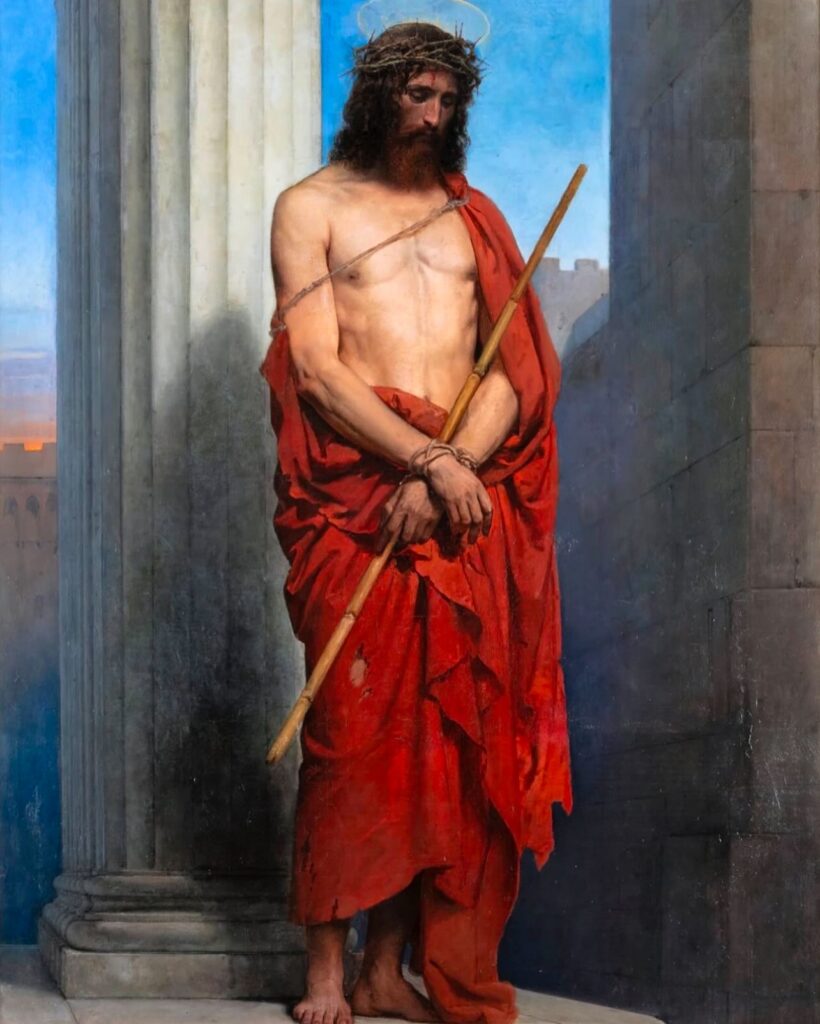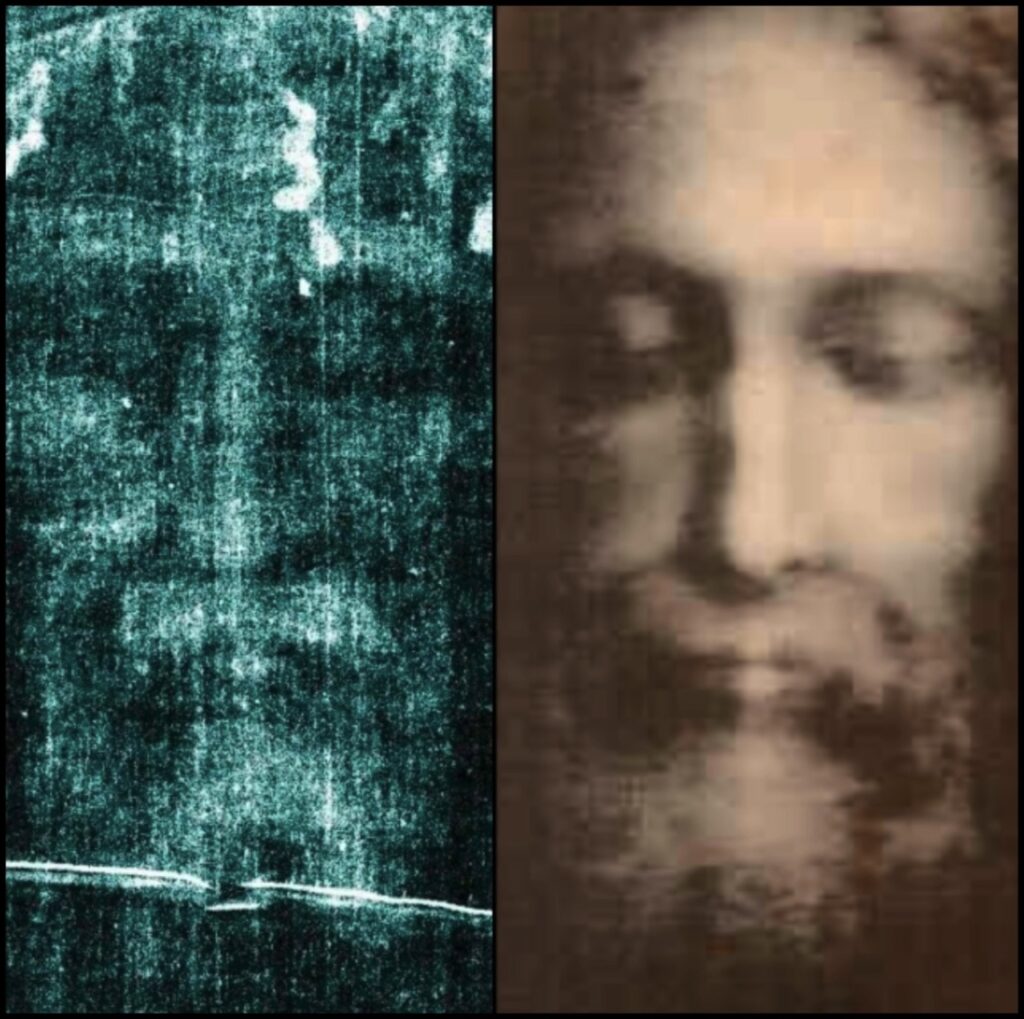Refuting Scriptural Contentions Toward the Shroud of Turin
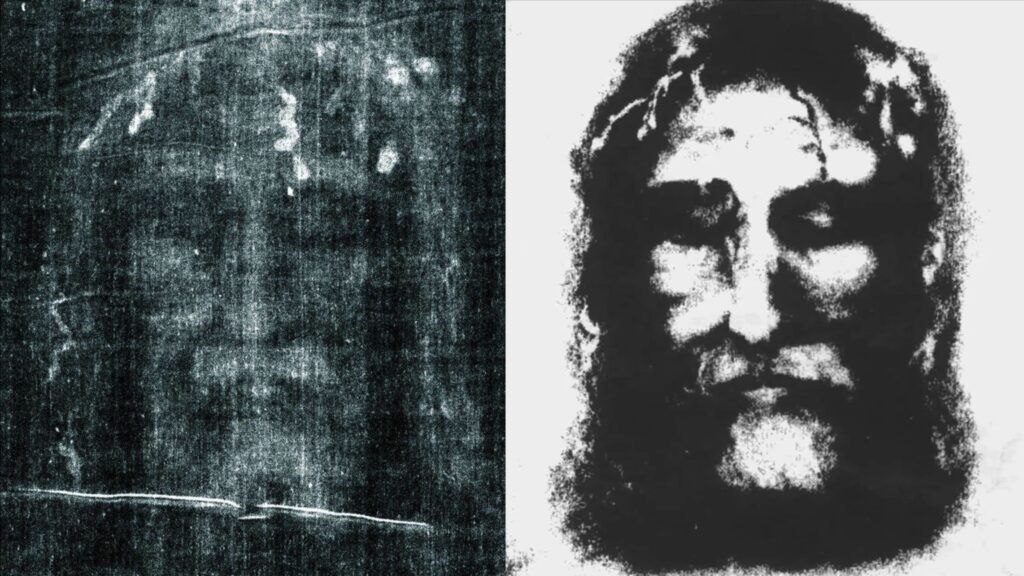
Among Christians, contention toward the Shroud of Turin’s validity is often rooted in four passages:
1. 1 Corinthians 11:14-15, “Does not nature itself teach you that if a man wears long hair it is a disgrace for him, but if a woman has long hair, it is her glory? For her hair is given to her for a covering.”
2. Isaiah 50:6, “I offered my back to those who beat me, my cheeks to those who pulled out my beard; I did not hide my face from mocking and spitting.”
3. Isaiah 52:14, “As many were astonished at thee; his visage was so marred more than any man, and his form more than the sons of men…”
4. John 20:6-7, “Then Simon Peter came, following him, and went into the tomb. He saw the linen cloths lying there, and the face cloth, which had been on Jesus’ head, not lying with the linen cloths but folded up in a place by itself.”
At face value, these passages do seem to debunk the authenticity of the Shroud of Turin. But, by acknowledging the root terminology and rhetorical devices in these verses, as well as addressing holes in their implications, it is clear that neither of them invalidate the shroud.
To begin, 1 Corinthians 11:14-15 states: “Does not nature itself teach you that if a man wears long hair it is a disgrace for him, but if a woman has long hair, it is her glory? For her hair is given to her for a covering.”
Critics of the shroud often harp on Paul’s statement that long hair is a shame for men, and that nature itself attests to this (1 Corinthians 11:14-16). However, the claim that nature attests to this insinuates that men typically did not have long hair. This is problematic, as first-century Judaea-Capta Coinage (minted by Rome in commemoration of Jerusalem’s Conquest in 70 AD) depicts native Judaean men with shoulder-length hair. This implies that “long hair” constitutes any length below the shoulders, and more towards the tailbone (as natural for a woman).
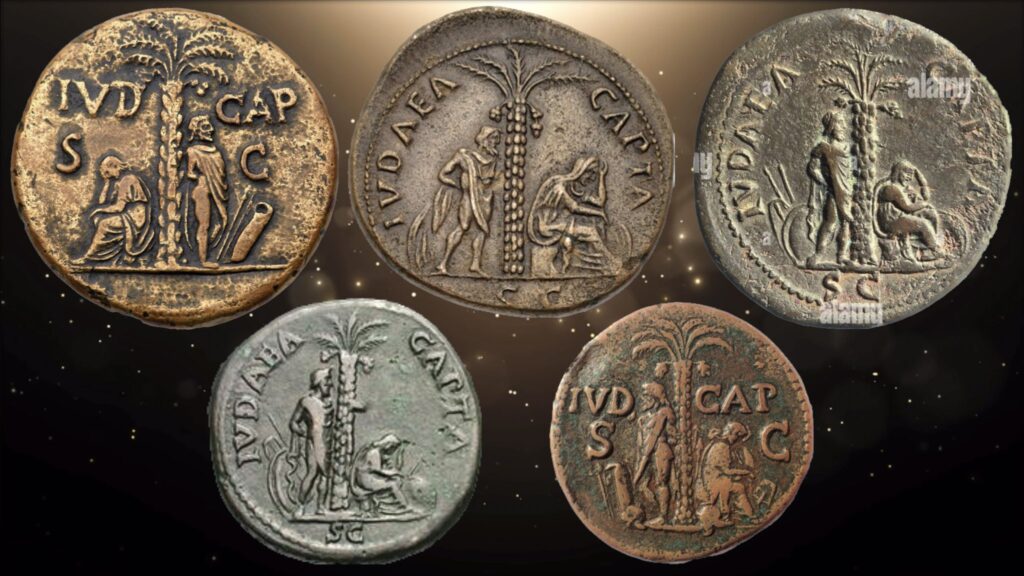
Of course, the hair of the individual on the shroud is only visible down to his shoulders, and there is no evidence that it was any longer. Thus, we may assume that what we see is all that was present, and that he had shoulder-length hair in accordance to First-Century Judaean customs.
It is also plausible to suggest that Christ was primarily focused on his ministry and travelled quite a lot, so it would make sense that he did not routinely trim his hair.
Ultimately, 1 Corinthians 11:14-15 does not invalidate the Shroud of Turin.
Next, Isaiah 50:6 states: “I offered my back to those who beat me, my cheeks to those who pulled out my beard; I did not hide my face from mocking and spitting.”
Though this verse does prophesy that Christ’s beard would be pulled or plucked, it does not clarify whether His entire beard was torn out. Numerous researchers have pointed out that there is a split in the image’s beard near the chin, which may account for the portion of Christ’s beard that was plucked or pulled.
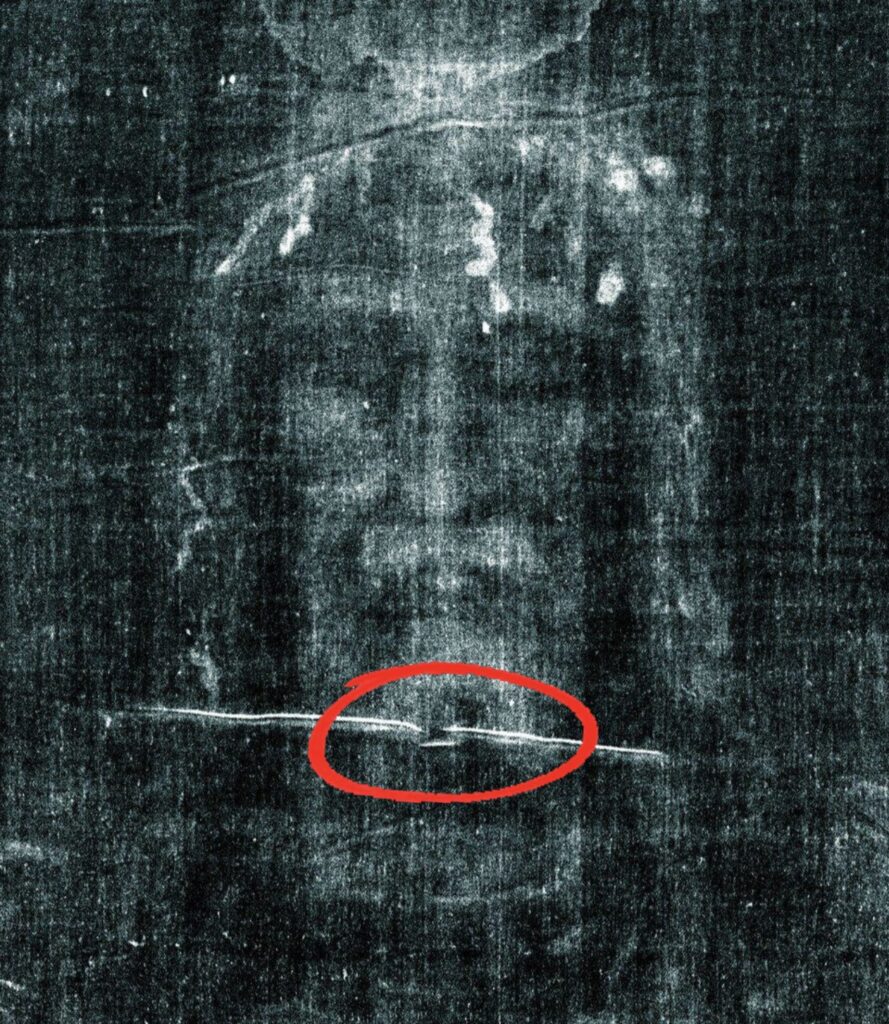
According to the Berean Study Bible, “In ancient Near Eastern culture, the beard was a symbol of dignity and respect. To have one’s beard torn out was a severe humiliation and a sign of utter disgrace. This act of violence and shame is indicative of the deep humiliation the servant willingly endures. The New Testament does not specifically mention Jesus’ beard being plucked, but the overall theme of humiliation and suffering is consistent with the accounts of His passion (Isaiah 53:3, Matthew 26:67-68). This phrase underscores the servant’s acceptance of shame and dishonor, which is a type of Christ’s own experience of mockery and abuse.” Thus, the purpose of plucking Christ’s beard was not to render Him beardless, but to dishonour Him. In this case, it is not necessary to pull out the entire beard, only an integral portion of it.
Ultimately, Isaiah 50:6 does not invalidate the Shroud of Turin.
Thirdly, Isaiah 52:14 states: “As many were astonished at thee; his visage was so marred more than any man, and his form more than the sons of men…”
This verse does not state that Christ’s face was marred or disfigured beyond recognition, as critics of the shroud assert. Reason being, the term translated as “visage” or “face” is Strong’s 4758: מַרְאֵ֑הוּ (mar·’ê·hū); meaning “sight”, “appearance”, or “vision”. Therefore, the term more accurately applies to ones appearance as a whole.
Accordingly, it is not obligatory that Christ’s face is completely disfigured. Keep in mind that most of the damage was dealt to His body, and He is only recorded as being slapped and struck in the face (Matthew 26:67, Mark 14:65). As for the body, this is certainly evident on the shroud; as for the face, damage is also evident, just not to the degree that most would expect. Consider that there are various reasons as to why slaps and strikes to a face may not cause disfiguration: the soldiers only struck Him a few times, the soldiers were relatively weak and lacked the power to inflict visible damage, etc.
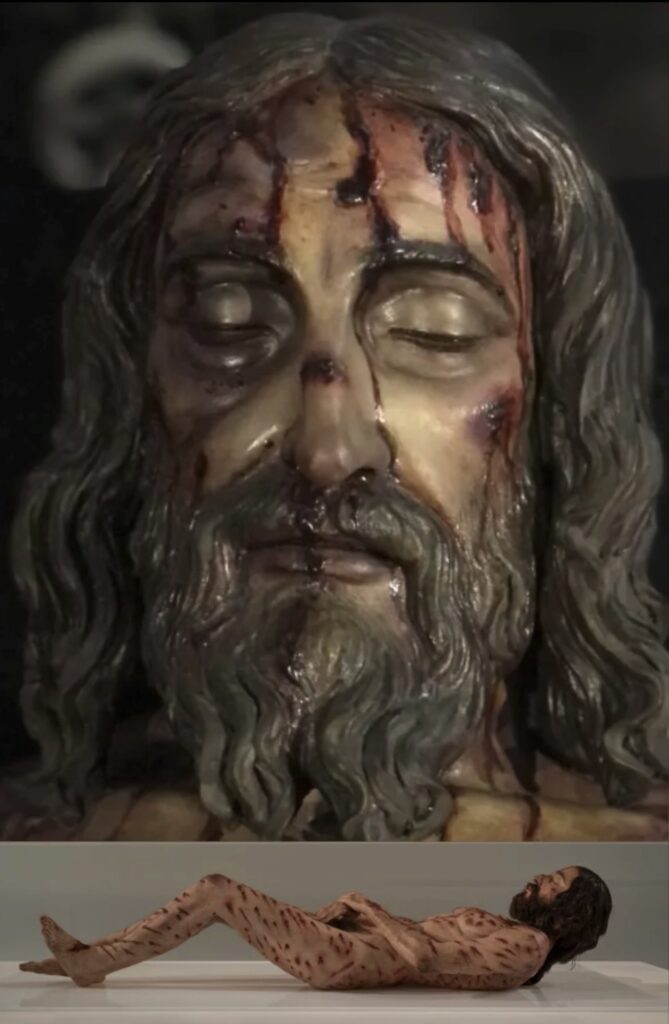
Even if Isaiah did state that Christ’s face would be marred, who is to say that it’s not due to the blood that soaked His face as a result of the crown of thorns? “Marred” does not necessarily equate to damaged, but more broadly to an impaired appearance.
Ultimately, Isaiah 52:14 does not invalidate the Shroud of Turin.
Lastly, John 20:6-7 states: “Then Simon Peter came, following him, and went into the tomb. He saw the linen cloths lying there, and the face cloth, which had been on Jesus’ head, not lying with the linen cloths but folded up in a place by itself.”
In regard to John 20:6-7, critics of the Shroud of Turin argue that if Christ’s face were covered by a face cloth (sudarium) beneath the Shroud, it would have prevented the facial image from forming. This claim, however, is based on a presupposition—that the sudarium remained over Christ’s face during burial. To support this assumption, critics often appeal to John 11:44, which describes the resurrection of Lazarus: “The man who had died came out, his hands and feet bound with linen strips, and his face wrapped with a cloth. Jesus said to them, ‘Unbind him, and let him go.’”
With this, critics infer that if Lazarus’ face was covered by a cloth, the same must have been true for Christ, following standard burial customs. However, this argument overlooks a crucial distinction—Christ’s burial was not typical or identical to Lazarus’. Unlike Lazarus, who was a commoner buried without a shroud and only basic face-wrappings, Jesus received an exceptional burial funded by Joseph of Arimathea, a wealthy member of the Sanhedrin (Matthew 27:57-60). This distinction is key, as wealthier burials included both a high-quality burial shroud and a separate face cloth, each serving a distinct purpose. The presence of a full-body shroud in Jesus’ case suggests that the sudarium was likely used temporarily—most plausibly to cover His face during the transportation of His body to the tomb. Once inside, the sudarium was no longer needed and was set aside before He was wrapped in the shroud. This aligns with John 20:7, which specifically notes that the face cloth was not on the body but was folded and placed separately. See, critics of the shroud imply that Christ Himself removed the sudarium upon resurrecting, but it is entirely plausible that it was removed beforehand by those who wrapped Him in the shroud.
To add, critics also point to discrepancies between the bloodstain patterns on the Sudarium of Oviedo and the Shroud of Turin—particularly around the nose and mouth. Essentially, if both cloths covered the same body, the bloodstains should match precisely, but forensic analyses show inconsistencies. This, however, is dismissible due to the fact that minor discrepancies may be a result of the sudarium shifting during transportation, and thus smearing Christ’s blood across the fabric. Furthermore, this contention assumes that the Sudarium of Oviedo is the authentic face-cloth used in Jesus’ burial. Considering that only one cloth bears an inexplicable image which cannot be recreated using modern scientific techniques, we must lend more credence to the Shroud of Turin. This is not to say that the sudarium is necessarily fabricated, but that discrepancies would refute the Sudarium of Oviedo rather than the Shroud of Turin.
Ultimately, neither John 11:44 or John 20:6-7 invalidate the Shroud of Turin.
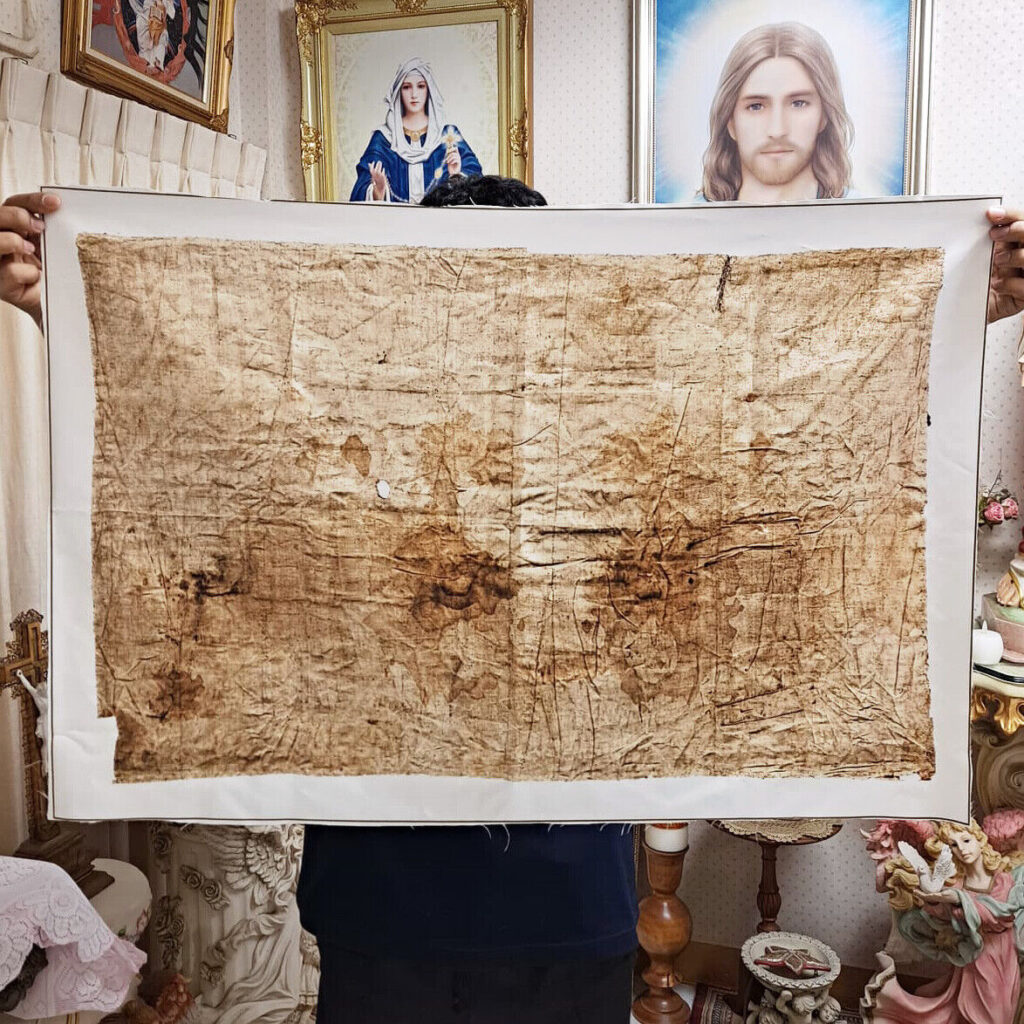
Now, there is also a theological argument for the shroud’s authenticity:
Christ makes it abundantly clear that His rulership began with His ministry (John 16:32-33, Luke 10:17-22, John 17:1-7, Luke 22:63-71, Matthew 28:18-20, Matthew 12:26-28/Luke 11:20, Mark 1:14-15, Luke 20:1/10-12, Luke 10:8-9/17-20/22, Luke 17:20-21, Mark 16:9-10/14-16/19, Romans 8:34, 1 Peter 3:21-22, Ephesians 1:20-21, Colossians 3:1, Hebrews 1:3, Hebrews 8:1-2, Hebrews 10:12-13, Philippians 2:9-11, Colossians 1:3/13, Acts 2:22/25-35, Acts 7:54-60, etc), and upon resurrection, He proclaims: “All authority in heaven and on earth has been given to me” (Matthew 28:19). Considering that His Kingdom would come when the Four Beasts (Babylon, Medo-Persia, Macedon/Greece, Rome) are destroyed by the stone from heaven, which itself is Christendom, and that Christianity overcame these Four Beasts from the 1st-6th centuries AD, it is evident that Christ has been ruling for at least 1500 years. Well, from the third-century onward, Christians have been making icons of Christ that look incredibly similar to the Shroud of Turin. Thus, for the shroud to be inauthentic, Christ would have allowed for an inexplicable image of Himself to be falsified and propagated, as well as allowed Christians to portray Him incorrectly, all within His Millennial Reign. My question is, why would Christ allow this? Like the shroud itself, this question lacks answers.
Moreover, Matthew 16:18 states: “You are Peter, and on this rock I will build my Church, and the gates of Hades shall not prevail against it.” This verse has long been interpreted to mean that the Church, guided by the Holy Spirit, will not fall into heresy or be overcome by satanic lies. Accordingly, Christ promised that His Church would not be overtaken by deception and error, or be decimated and brought to an end. The Shroud of Turin, long associated with the Church and never definitively condemned by it, has baffled scientists, inspired believers, and aligns uncannily with the Gospel account of the crucifixion. If it were a fraud, it would suggest that the Church has been venerating a lie for centuries—but, Christ promised that this wouldn’t happen. Moreover, it would have eventually been exposed, discarded, or condemned by the Church. Instead, it has been preserved, studied, and increasingly vindicated by both science and theology. Would Christ allow a forgery to be upheld for centuries as a sign of His resurrection—under the very Church He promised to protect from the powers of death and deception? Certainly not.
Now, none of this is to say that I undoubtedly believe the shroud is authentic. But, one of two things are certain:
1. This is the true image of Jesus Christ upon resurrecting.
2. Europeans in the Middle Ages had advanced technology that we are unaware of, and came up with artistic concepts that would not be understood or decipherable until nearly a millennium later. Furthermore, they never replicated such a technique and solely applied it to this one forgery.
As a Christian who understands that GOD is capable of anything, and who sees the glorious capabilities of GOD within His creation everyday, the first is far easier to believe.
I strongly recommend that everybody checks out the videos linked below. They cover the incredible science behind the shroud and how it can be tracked throughout history. They also refute common contentions towards the shroud—all of which being inadequate and fallacious.
